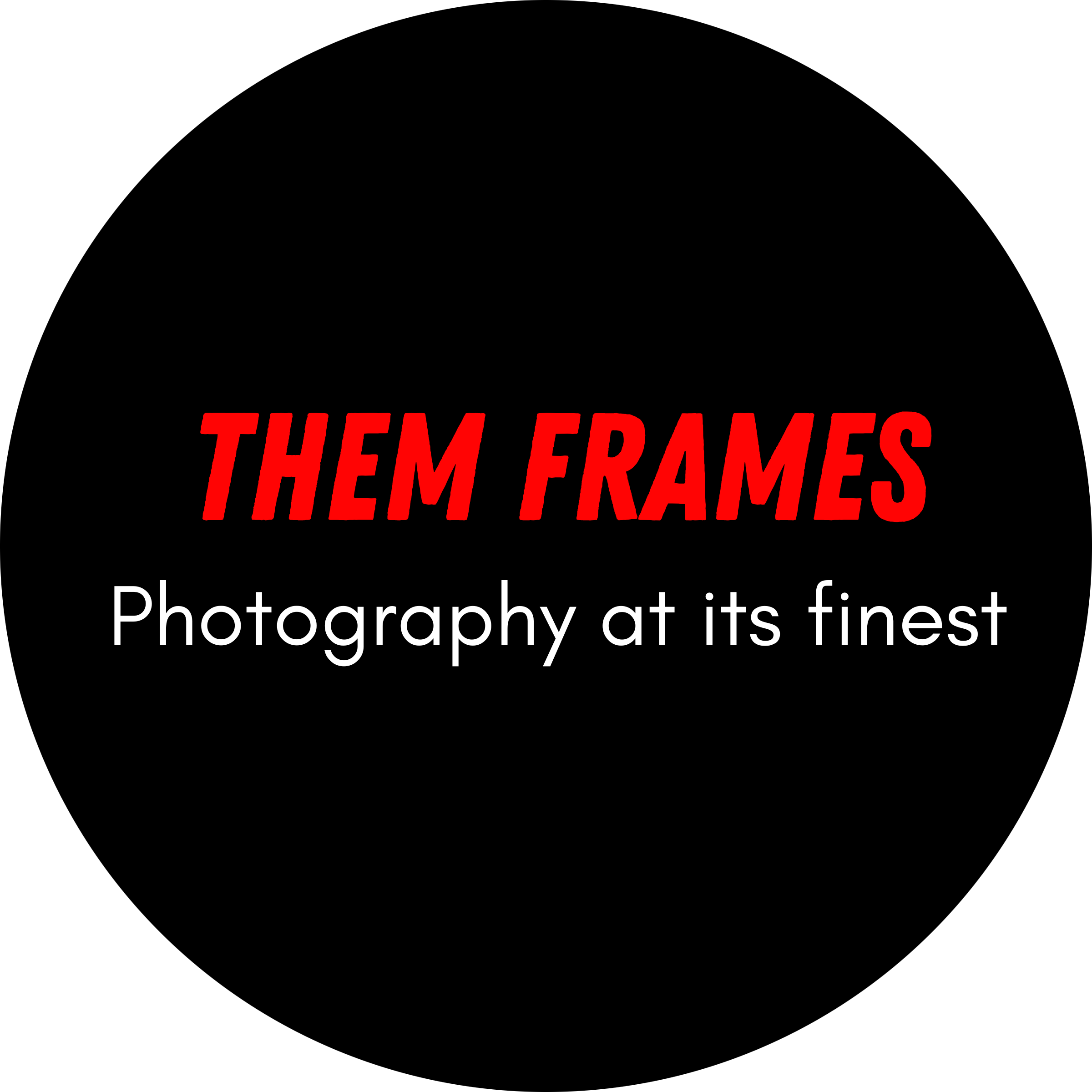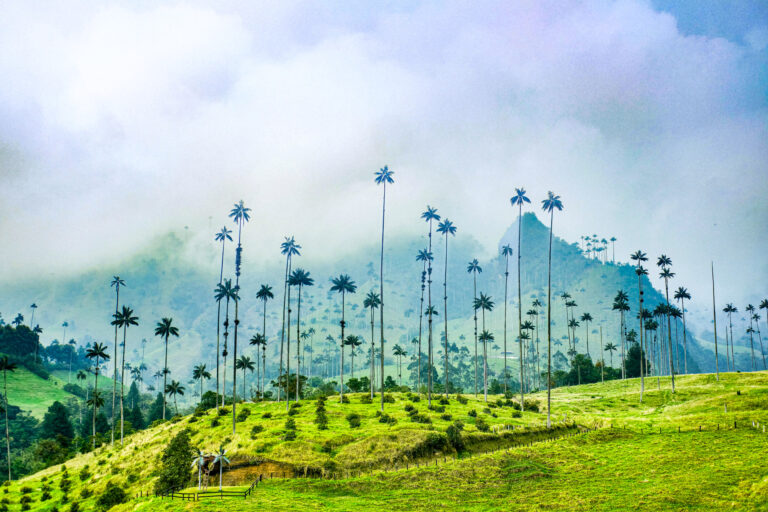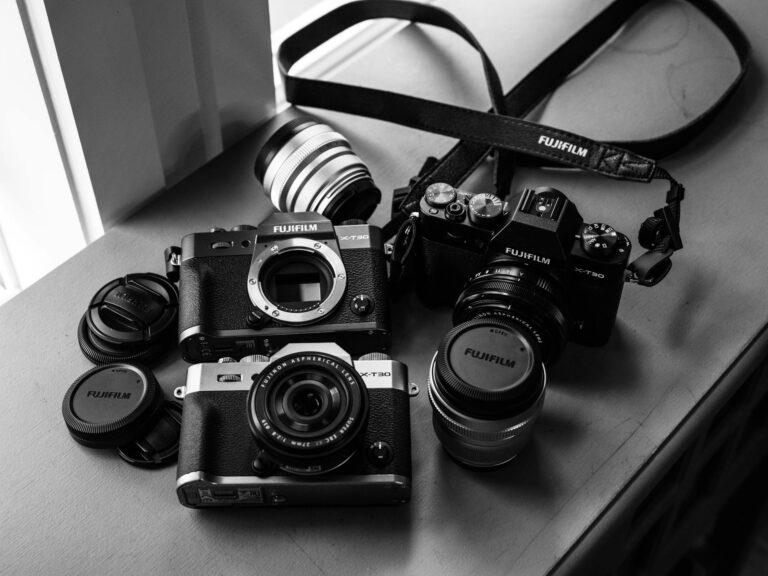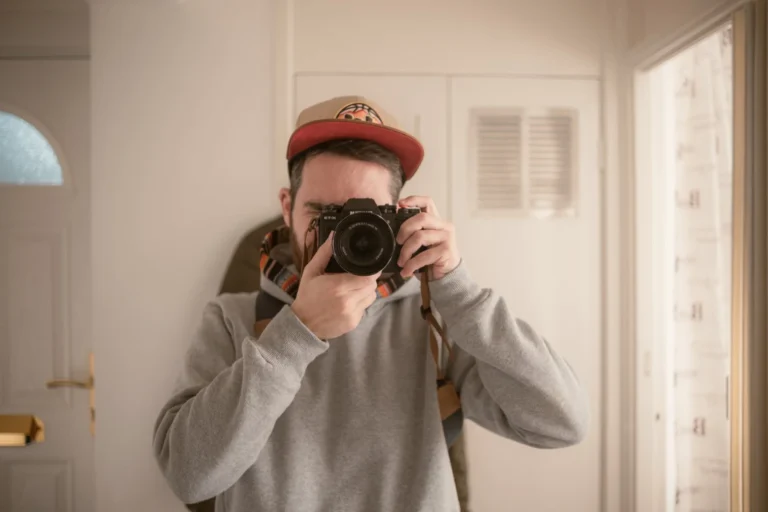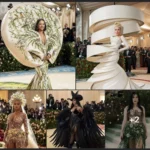
Photo by Little Visuals
In 1888 the Kodak camera was born. This gave everyone the opportunity to create photographs. Then, in the 1900s, photographers we now consider to be masters were building their portfolios. At the turn of the millennium digital took charge and by 2010 everyone had a camera. That’s a lot of photographs being made.

When we assess the pioneers of photography, they all had one clear advantage – nobody had come before them. The likes of Ansel Adams, Henri Cartier-Bresson, Doreathea Lange and the rest, were all able to set the trends and mold our industry.
That’s not to take anything away from them. Not being able to access the same learning materials as we can certainly would have had its challenges. But, because their predecessors were never on the same scale, our masters never ran the risk of producing overdone, outdated work.
Something else to consider is accessibility. Although it’s true that Kodak made cameras for the public, not everyone could afford one, and for most, industry leading film cameras were out of the question.
Not only did this mean the competition was lower, it meant images were not being made at the rapid pace they are today. This allowed photography concepts, ideas and styles to evolve steadily, preventing them from becoming tired or stale.
The rise of accessibility
Today, we have film cameras, DSLRs, mirrorless and smartphone cameras. This means by default, a large portion of the world is making images on a daily basis. On top of that, cameras have become more accessible for the average person thanks to the birth of the entry-level system.
I struggle to imagine how many millions of images are being made each day. I personally believe this is a good thing. Having photography in your life at any level is a positive because it gives you purpose, drive and can even help with physical and mental health.
With all this, trends come and go at a rapid pace, imitation is rife and fresh work seldom comes before our eyes. That’s not to say there’s no good photography. There are plenty of high quality photographs being made.
But, it’s much harder to be unique, to stand out and to present something the world has never seen before. Where else can photography go?
New photography trends
Photographers do try. Composite photography was a fresh way of presenting a final frame by stitching several photographs together. The gatekeepers did their best to shut it down, proclaiming “it’s not real photography”. However, even without their negativity, it feels like that niche is bordering on becoming overdone.
AI images tried to become the new kid on the block. The truth is that’s so far removed from the process of creating images that it’s neither a new or old photography trend. It’s a completely separate art form that’s doing more harm than good for the actual photo industry due to the lack of transparency.
So, have we reached our ceiling? Have we seen all there is to see? Or, are there other opportunities to evolve?
Humanity always delivers
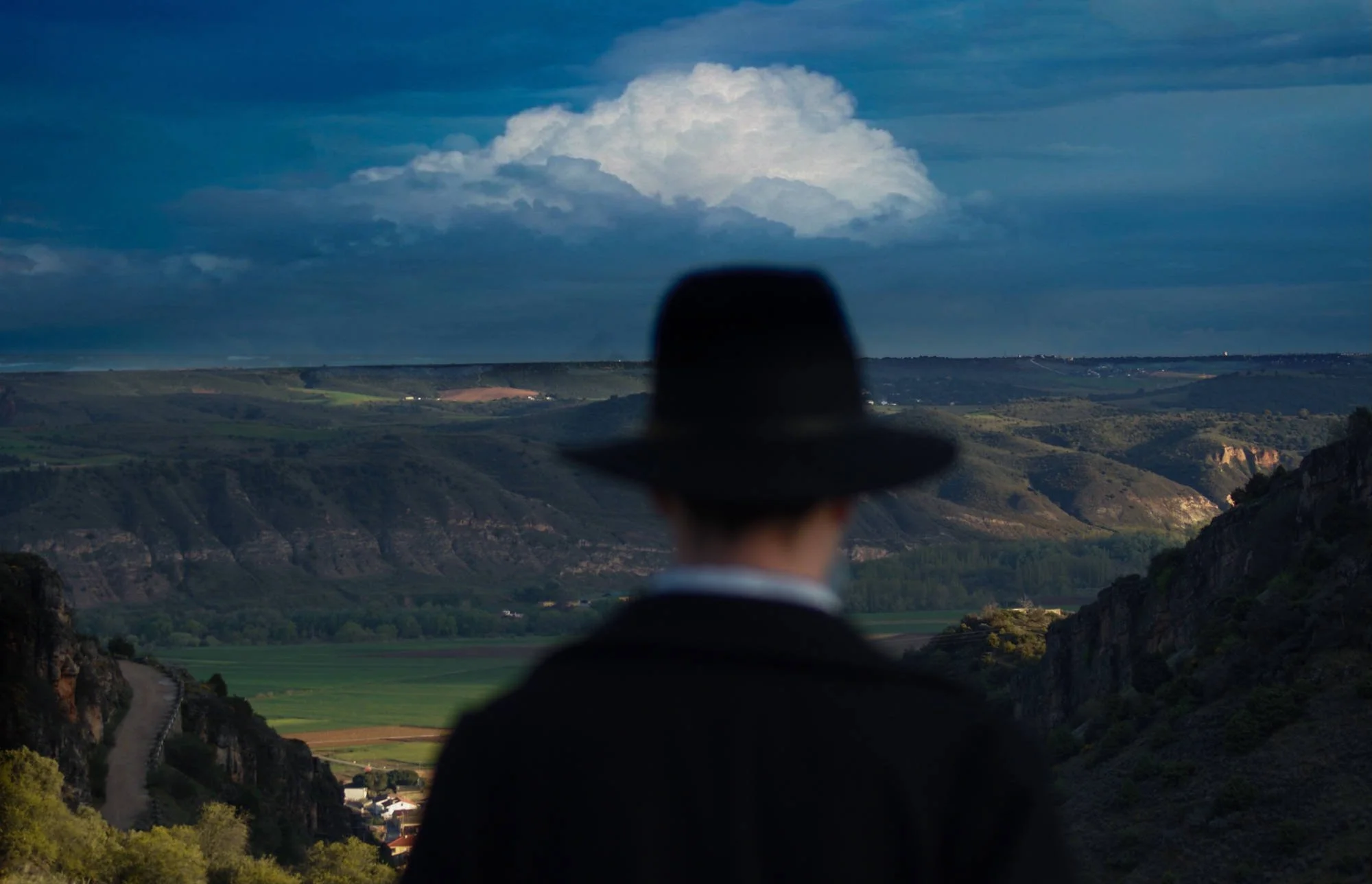
Photo by Samantha Cavet
The human mind always surprises us. Just when we think we have seen it all, someone comes along and blows us away. When I look at photography, I think photographers are already delivering unique work.
Look at our interview with Samantha Cavet or when we spoke to Henri Prestes, both of them have their own unique style that I seldom see elsewhere. There are others too, if you look beyond the trends on social media.
More will arrive in the coming years as well. Because, that’s how humanity works. They may not have the advantages of the masters of times gone by, but they will still offer something fresh that we have not seen before.
The industry can also evolve by delivering imagery in new, imaginative ways. Although it’s in its infancy, VR is getting more mainstream. Imagine a fully immersive experience, where your eyes are lost in a gallery of images. You can blend it with other art forms too, like music. Block out the noise, clear the distractions, and become immersed in sound and visuals.
Signing off
Don’t give up on photography just yet. Video was meant to destroy it, and yet here it is more popular than ever. And although it’s harder to be unique, it’s still possible, you just have to think outside the box a little further than those that came before you.
And, if I’m wrong, and we have hit a ceiling, that’s not a bad thing. Photography doesn’t need to be groundbreaking for it to be compelling. If you enjoy making and consuming images, that’s all that matters.
What next in terms of creativity? Only time will tell…
Want your work featured on Them Frames? Pitch us.
